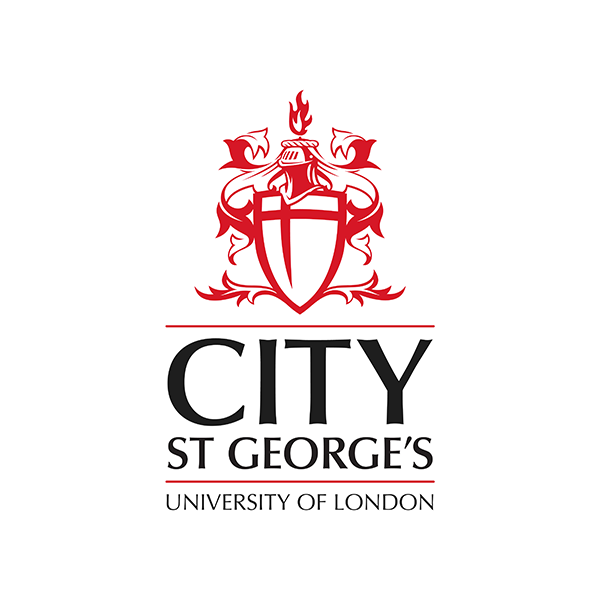Automatic Analysis of Holographic Interferograms
Hunter, J. C. (1987). Automatic Analysis of Holographic Interferograms. (Unpublished Doctoral thesis, The City University)
Abstract
Holographic interferometry is a powerful, non-invasive, technique for the investigation of many experimental situations. Typically these include stress/strain investigations of deformed objects, heat transfer studies and compressible flow visualisation. The holographic technique allows a reference object wave to be superposed with some deformed object wave, the two waves being separated in time. This superposition produces an interferogram, subject to various coherence, stability, and polarity requirements. The interferogram takes the form of a series of dark and light fringes superimposed on the object being studied. In the case of heat transfer and compressible flow studies, where a transparent object is being studied, the fringes are superimposed over the test-volume. The fringes represent contours of constant phase, difference the phase distribution being directly related to the type of deformation undergone by the test object.
Several types of holographic interferometry are available, and these include infinite fringe, quasi-heterodyne and heterodyne, and speckle holographic interferometry. All these methods have a similarity in that they produce a system of fringes, often quite complicated, that contain a great deal of quantitative information. It is possible to extract this information by hand, but this is a lengthy, tedious, process, open to misinterpretation and poor accuracy of fringe location. To extract the quantitative information available from a typical interferogram both effectively and rapidly an automatic analysis system is required.
A technique for producing infinite fringe background holographic interferograms is described, and interferograms obtained from a forced conduction heat transfer study, Lockett [1987] and a compressible flow study, Ball et al. [1987] are presented.
The heat transfer study investigated the temperature field and heat transfer distribution over both a heated flat plate, and a number of rib-roughened geometries, located in a wind-tunnel. The fringes produced represented isotherms, with a peak-to-peak temperature change of 2K. A one-dimensional automatic fringe analysis system was devised that allowed such interferograms to be analysed both quickly and accurately. The interferograms were investigated along a series of scan lines that lay essentially perpendicular to the general orientation of the isotherms, and the fringe co-ordinates were extracted using either a bucket-bin technique or a gradient change algorithm. The extracted fringe co-ordinates were then ordered, and the temperature distribution over the scan line determined. From this both the temperature distribution over the heated surface, and the heat transfer distribution, were calculable.
Results obtained from the heat transfer study were compared with those obtained from a Large Eddy Simulation, L.E.S.
The compressible flow study investigated the influence of blade incidence upon the flow within low pressure transonic steam turbine blading. The fringes produced represented iso-densities, and hence isobars.
Because of the complicated nature of the resulting interferograms, a two-dimensional automatic fringe analysis system was devised. This involved the binarisation of the fringe field, followed by detection and tracing of the fringe edges. The extracted fringe co-ordinates are then ordered using a semi-automatic fringe ordering system. In this way a map of the complete density distribution over the cascade section was producable, one big de passage being investigated at a time.
The extracted density maps were used for validating a two-dimensional viscous compressible flow code known as TURBINS.
Some of the material published throughout the course of this project is included in Appendix E in the form of two refereed papers.
| Publication Type: | Thesis (Doctoral) |
|---|---|
| Subjects: | Q Science Q Science > QC Physics T Technology > TA Engineering (General). Civil engineering (General) |
| Departments: | School of Science & Technology > Department of Engineering School of Science & Technology > School of Science & Technology Doctoral Theses Doctoral Theses |
Download (35MB) | Preview
Export
Downloads
Downloads per month over past year


 Metadata
Metadata Metadata
Metadata